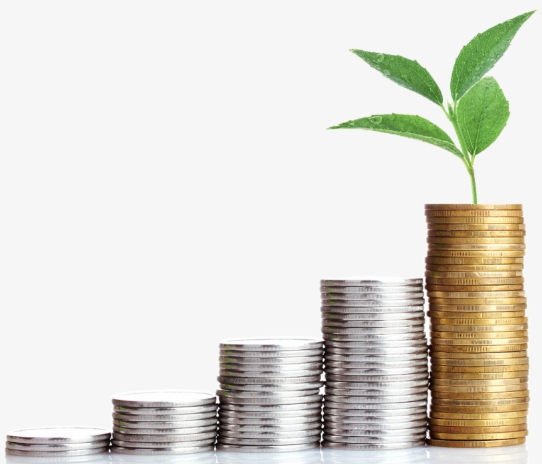Creating wealth is an art. It requires patience and discipline, and can only be attained by skilful handling of one’s resources. It does not matter how small an amount you can set aside to start investing. What matters is that you must beginearly to accumulate a substantialcorpus through the power of compounding, which acts as the perfect accelerator.
This article explains what is compounding and how it can help your investments to skyrocket.
What is compound interest?
The crucial factor of compounding is that it generates earnings on the previous earnings along with the principal amount. Thus, it helps create a large base which keeps adding to the previous earnings.
For example, you invested Rs. 1 lakh, which is compounded at the rate of 10% p.a. for 15 years. By the end of 15 years, your base will reach Rs. 4,17,725. This is how compounding helps you grow wealth.
How does compounding work in mutual funds?
Investors who know what is a mutual fund are aware that mutual funds are designed to leverage the power of compounding. As the value of each unit of investment goes up, you can make gains. Thus, when you make mutual fund investment over a long period of time, the benefit of compounding creates a cycle of earnings that keep creating additional returns. In the case of mutual funds, the capital gains are reinvested to contribute towards further gains.
Assume you choose to invest Rs. 1,000 per month in a mutual fund for the next 10 years at the rate of 8% p.a. You will notice that in 10 years, your annual investment of Rs. 1,20,000 gave you a return of Rs. 1,82,946. Suppose, you further invest it for 10 years, the money you reinvest will grow even faster now and give you Rs. 3,94,967. This is how compounding can catapult smaller investments into bigger earnings over a defined tenure.
How is it beneficial to start investing as early as you can?
Let us understand this with the help of an example and earn more money through early and timely investments.
Assume, Mr. A began to invest Rs. 2,000 per year at the age of 19. He stops when he reaches 27 years of age. He now locks all his investments until retirement. On the other hand, Mr. B does not begin investing until he is 27 years old. At 27, he begins investing Rs. 2,000 per year until he reaches 58 years old.
Now, let us assume a growth rate of 8% p.a. and view their respective investments at the age of 58.
Age (Years) Mr. A Mr. B
Annual Year-end value Annual Year-end value
value (Rs.) (Rs.) value (Rs.) (Rs.)
19 2,000 2,160 0 0
20 2,000 4,493 0 0
.. .. .. .. ..
.. .. .. .. ..
26 2,000 22,975 0 0
27 0 24,813 2,000 2,160
28 0 26,798 2,000 4,493
.. .. .. .. ..
.. .. .. .. ..
57 0 2,49,686 2,000 2,66,427
58 0 2,69,661 2,000 2,89,901
Less Total Investment 16,000 64,000
Total 2,53,661 2,25,901
Growth of investment 16-fold 4-fold
You can see how Mr. A benefited from the power of compounding, a lot more than Mr. B, because he began investing early.
Conclusion
Thus, the longer the period of your investment, i.e. the earlier you start, the higher is the effect of compounding. You can invest in different types of mutual funds such as liquid funds, debt funds or balanced funds to experience the power of compounding.








